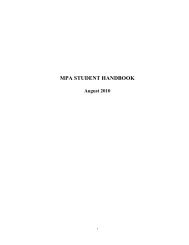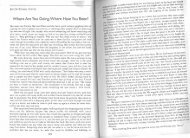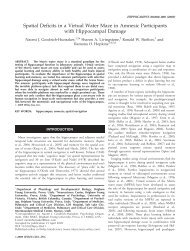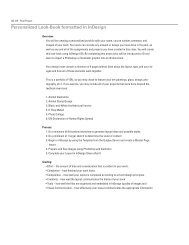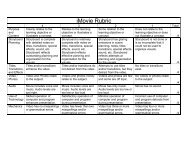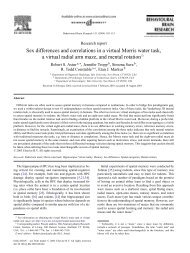Currency substitution in selected African countries - Emerald
Currency substitution in selected African countries - Emerald
Currency substitution in selected African countries - Emerald
Create successful ePaper yourself
Turn your PDF publications into a flip-book with our unique Google optimized e-Paper software.
In Figure 6, it appears that the response of real money demand to <strong>in</strong>novations <strong>in</strong> real<br />
output is positive till the 10th period although <strong>in</strong>significant. At that po<strong>in</strong>t <strong>in</strong> time, the<br />
response is negative but <strong>in</strong>significant up to the 40th period. On the other hand,<br />
<strong>in</strong>novations <strong>in</strong> domestic <strong>in</strong>flationary expectations rema<strong>in</strong> <strong>in</strong>significant throughout the<br />
short-run and long run. Both <strong>in</strong>novations <strong>in</strong> T-bill rate and change <strong>in</strong> expected exchange<br />
rate yields a negative response of real money demand that persists over time till the 40th<br />
quarter. Disturbances <strong>in</strong> real money demand rema<strong>in</strong> positive but <strong>in</strong>significant<br />
throughout any time period considered. However, the VDF results show that the<br />
<strong>Currency</strong><br />
<strong>substitution</strong><br />
633<br />
Figure 6.<br />
Impulse response<br />
functions – South Africa



